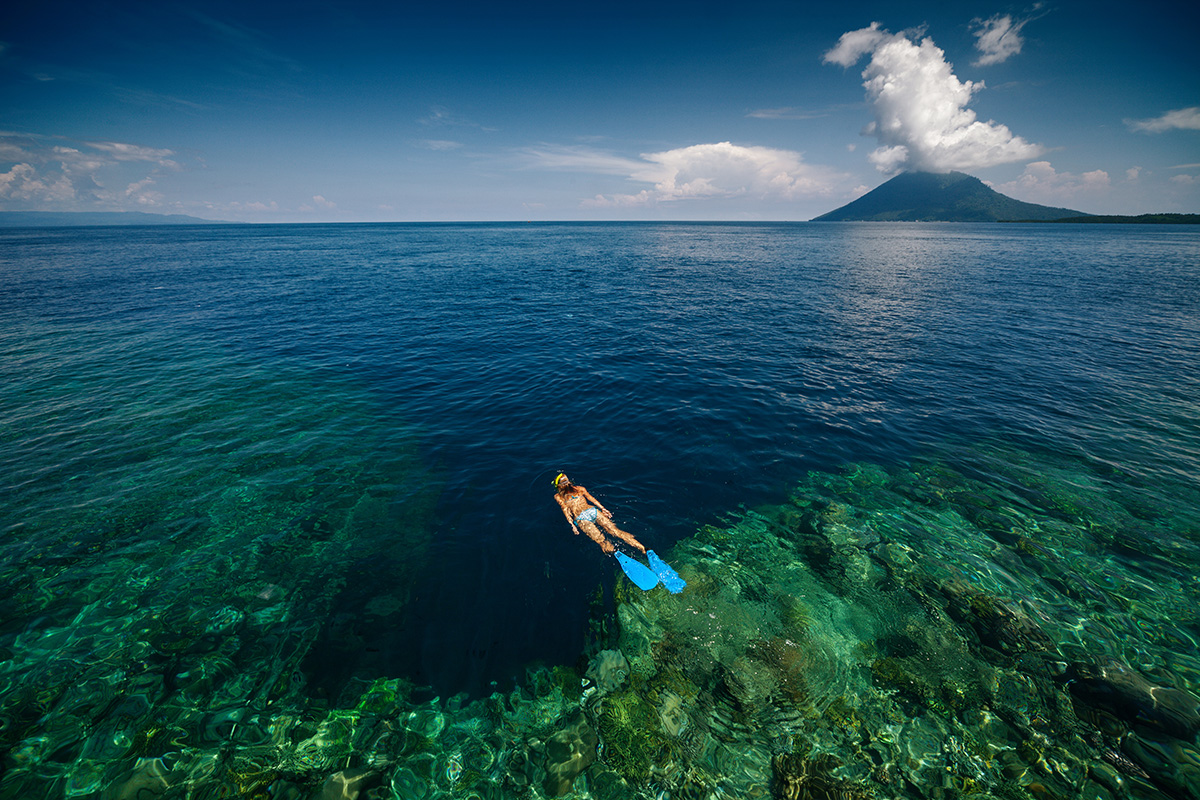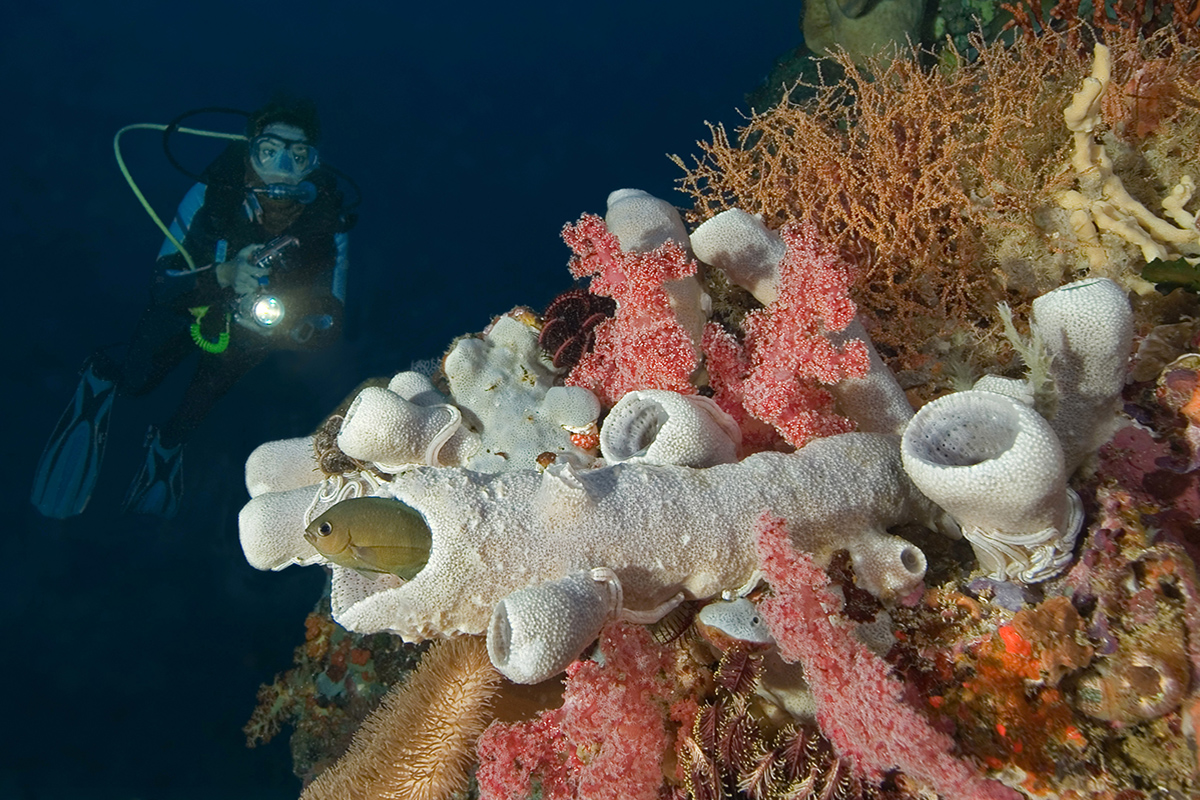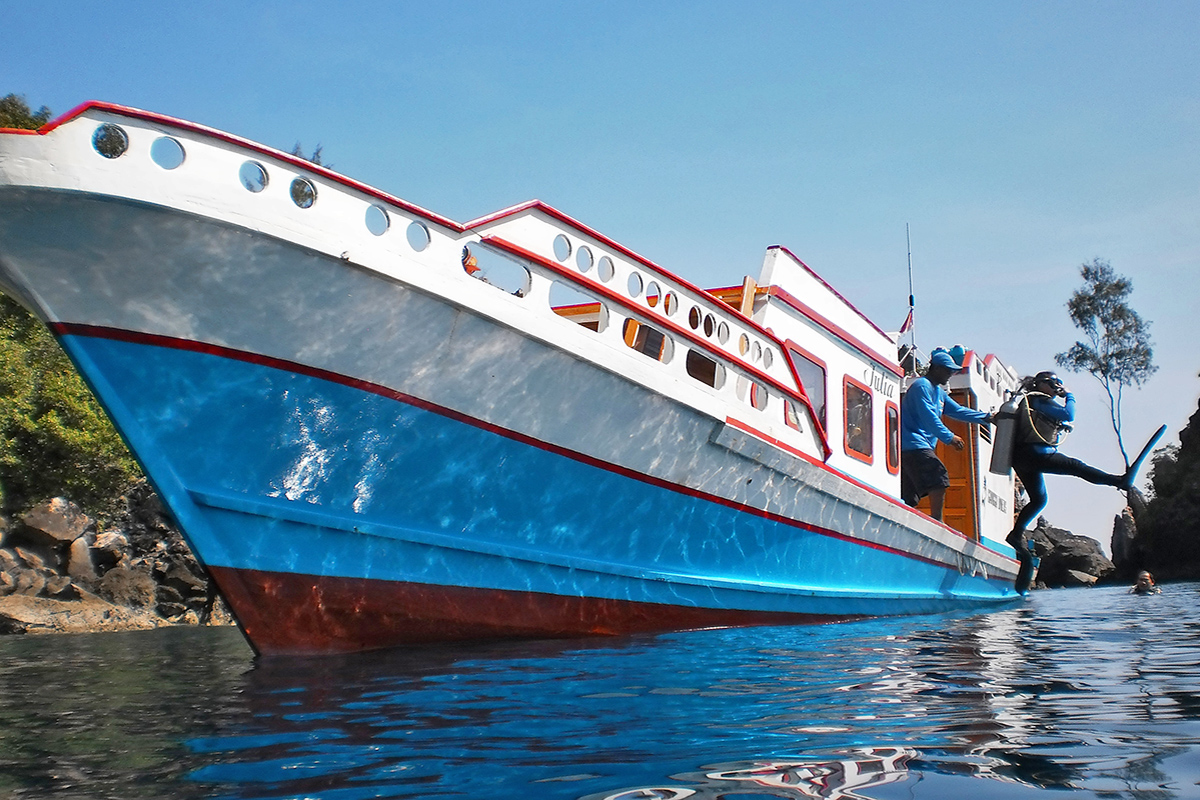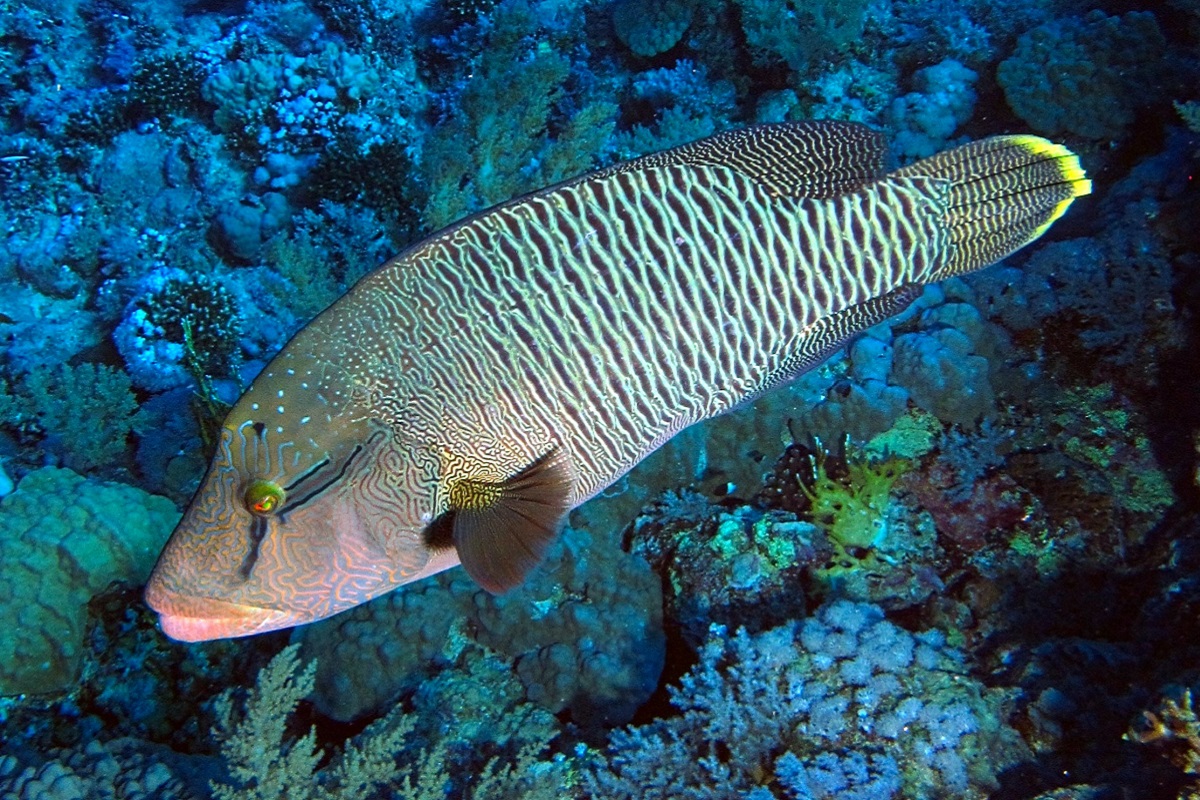The Cultural and Environmental Significance of Manado Tua Island
One of the joys of flying into Manado, North Sulawesi is the landscape as you descend into the city. The backdrop of rugged and lushly covered mountains and the sparkling blue of the sea are absolutely breathtaking. However, one of the most mesmerizing features of the view is Manado Tua Island, the cone of a long extinct stratovolcano pushing out of the Sulawesi Sea just off the coast of the city. This volcano holds huge geological and cultural significance in the region. Learn more about this incredible part of North Sulawesi by reading on.
Geological Features
Manado Tua is an extinct stratovolcano, which means it is characterized by its steep, conical shape formed from layers of volcanic ash, lava, and other volcanic materials. It rises prominently 800 metres up from the sea and is a dominant feature of the landscape. There are actually no known records of the volcano having an eruption and some even say it could be the cone of another volcano thrown into the sea during an eruption.
Impact on the Local Environment
Even though Manado Tua is long extinct, volcanic activity in the area has obviously contributed to the formation of the land on the island and the surrounding seabed. Volcanic ash and other minerals deposited around the island have enriched the soil and seabed making it a fertile environment for agriculture and marine life. This is one of the reasons the diving and snorkeling around Manado Tua is absolutely world class.
Cultural Significance
Manado Tua holds cultural importance for the Minahasa people, the indigenous population of the region. The volcano’s towering presence has likely influenced local folklore, beliefs, and cultural practices. The Minahasa people maintain a connection with the natural environment, including the volcanic landscapes of the area, which is shown in their art, architecture, and religious ceremonies.
Tourism and Conservation
The natural beauty of Manado Tua and its surrounding waters has made it a popular destination for tourists, especially divers and snorkelers. The island’s location within the Bunaken National Marine Park, a UNESCO-recognized site, and home to a diverse range of marine life, coral reefs, and underwater ecosystems. Its status as a marine park has contributed to its conservation efforts and keeps tourists coming to see the wonders it houses. It is possible to dive Manado Tua and the Bunaken Marine Park as a day trip when you stay at Gangga Island Resort and Spa.
Diving Manado Tua
Manado Tua is known for its natural beauty, coral reefs, and underwater biodiversity. The coral reefs in the area are well preserved and plentiful thanks to its protected status. The island of Manado Tua is separated from the mainland by a submarine trench that reaches down to 1,200 metres below the surface in some areas. This doesn’t mean it is only for advanced divers though. There are coral reefs starting from 3 metres all the way down to over a thousand metres below. In these reefs you can see a huge array of colourful corals, sea fans, reef fish, giant travelly, snapper, grouper, Napoleon wrasse, eagle rays and even sometimes hammerhead sharks.
Manado Tua is an integral part of the natural and cultural landscape of North Sulawesi. Its geological activity has helped to shape the environment and influenced local traditions, while its scenic beauty continues to attract visitors seeking to explore its underwater wonders and appreciate its natural splendor.
Have you visited Manado Tua? If you have, tell us about it in the comments box below. If you haven’t, feel free to ask us more about it!




